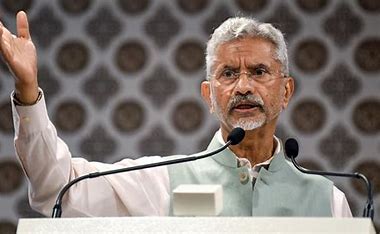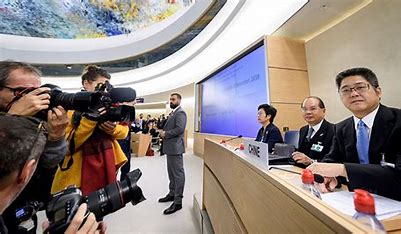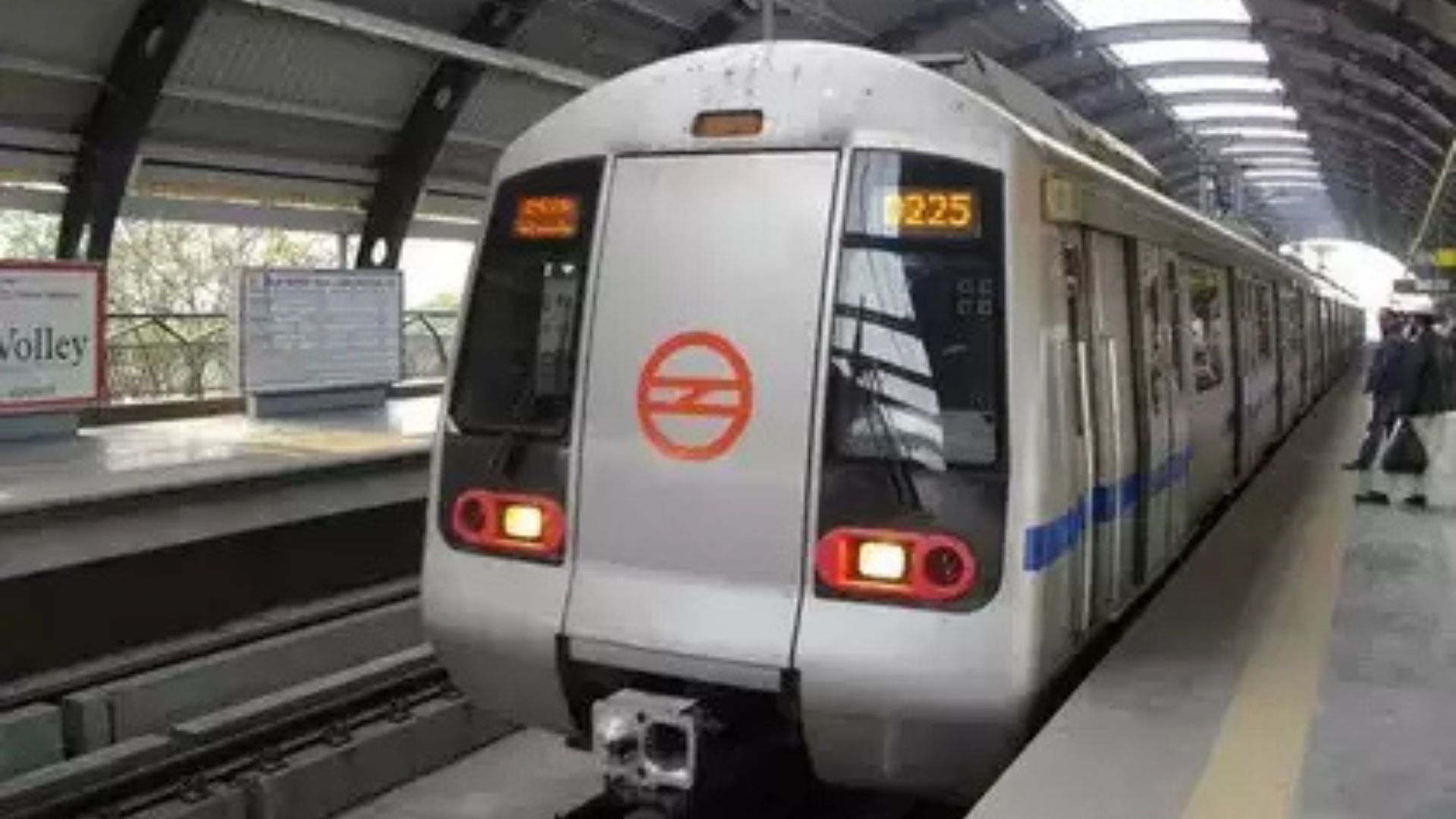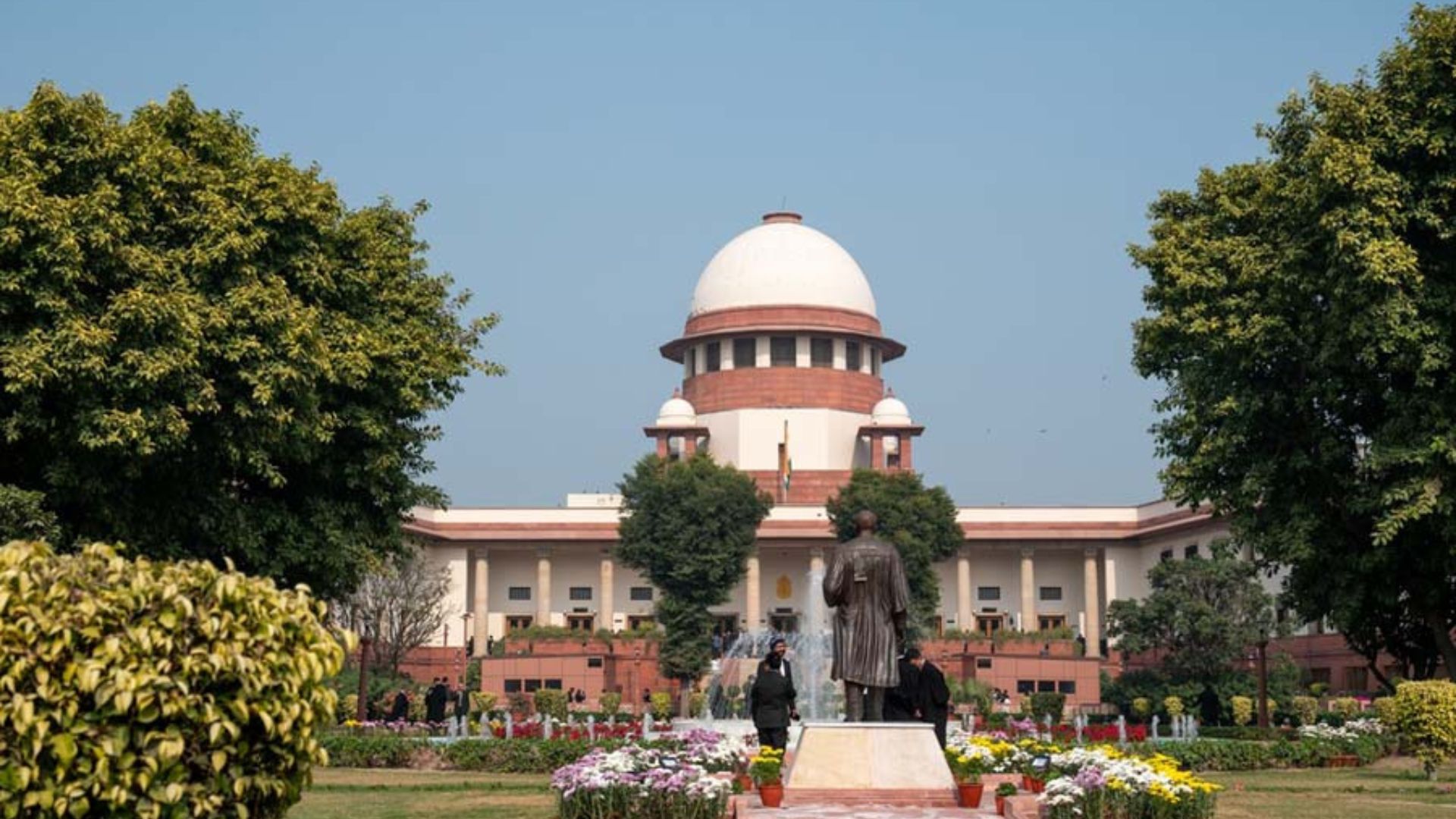
Winners of the Battles of Plassey (1757) and Buxar (1764) had to establish a system to man the acquisitions from those battles. Like any other zamindar, the responsibility to administer justice and maintain law and order in their zamindaris fell on alien shoulders. However, in 1615, Mughal Emperor Jehangir issued a firman allowing merchants to set up not just factories in Surat, but also their own court to try offences committed by their English servants. But the battles changed the magnitude of their responsibility. So, Warren Hastings installed a District Collector to collect land revenue and bestowed him with judicial powers. Later, the father of the civil services, Lord Cornwallis, came out with an elaborate plan (after being told by his masters not to waste any money on wars with Indian rulers), creating a separate cadre of judges. They were members of the Indian Civil Services who had opted to work on the judicial side of the administration. The system thus established continued (of course, with several modifications and amendments) until we bid goodbye to the colonial rulers and their Indian Civil Services.
We, the people, then gave ourselves the Constitution, with Article 50 envisaging the concept of Rule of Law, prescribing independence of the judiciary from the executive in the public services of the state. The Supreme Court of India is the sanctum sanctorum of the temple of justice, the district courts are the first doors that citizens knock on (if not always) before their appeals could come before the sanctum sanctorum. Therefore, the independence of the district courts is as sacrosanct as that of the constitutional courts.
To ensure the independence and separation of the district judiciary from the executive, the framers of the Constitution had brought the district courts and courts subordinate thereto under the supervisory and administrative control of the High Court (Article 235). If ever there could have been any doubt about this constitutional scheme, it stood clarified when the Supreme Court in the All India Judges’ Assn. (II) v. Union of India, (1993) 4 SCC 288 said that “the parity in status is no longer between the judiciary and the administrative executive but between the judiciary and the political executive” and that, “practice of entrusting the work of recommending the service conditions of the members of the subordinate judiciary to the same Pay Commissions which recommend the service conditions of the other services requires reconsideration”.
This led to the constitution of the First National Judicial Pay Commission under Justice Jagannatha Shetty, former judge of the Supreme Court, in 1996. After 1996, the second exercise for reviewing the service conditions of the judges of the district judiciary commenced only after the Second National Judicial Pay Commission was appointed under the chairmanship of Justice P. Venkatarama Reddi, former judge of the Supreme Court, pursuant to the order of the Hon’ble Supreme Court dated 09/05/2017 in W.P. (C) No. 643/2015—All India Judges Association v Union of India & others. The recommendations of the Commission are pending consideration before the Supreme Court.
While the Indian Administrative Services continues to drive the imagination of the youth, the judicial services are seldom the first choice of students, even from reputed law schools, which offer them lucrative campus placements in the world of corporate law. Those who can afford to withstand the inevitable financial struggle with determination and/or familial support are keener to try their luck as a member of the bar than the judicial services. The Supreme Court too in All India Judges’ Assn. (3) v. Union of India, (2002) 4 SCC 247 hadobserved that “a bright young law graduate after 3 years of practice finds the judicial service not attractive enough”.
Therefore, the concept of rule of law, as envisaged in the Constitution, will remain a theoretical doctrine unless the best are attracted to serve in the temples of justice.
Vyom Raghuvanshi is an advocate in the Supreme Court of India. Mayuri Raghuvanshi is an advocate-on-record in the Supreme Court. The views expressed are personal.















